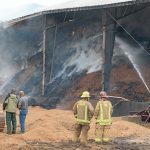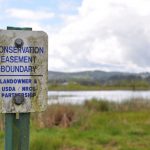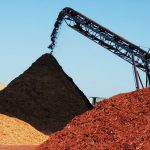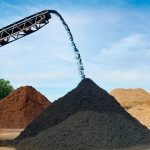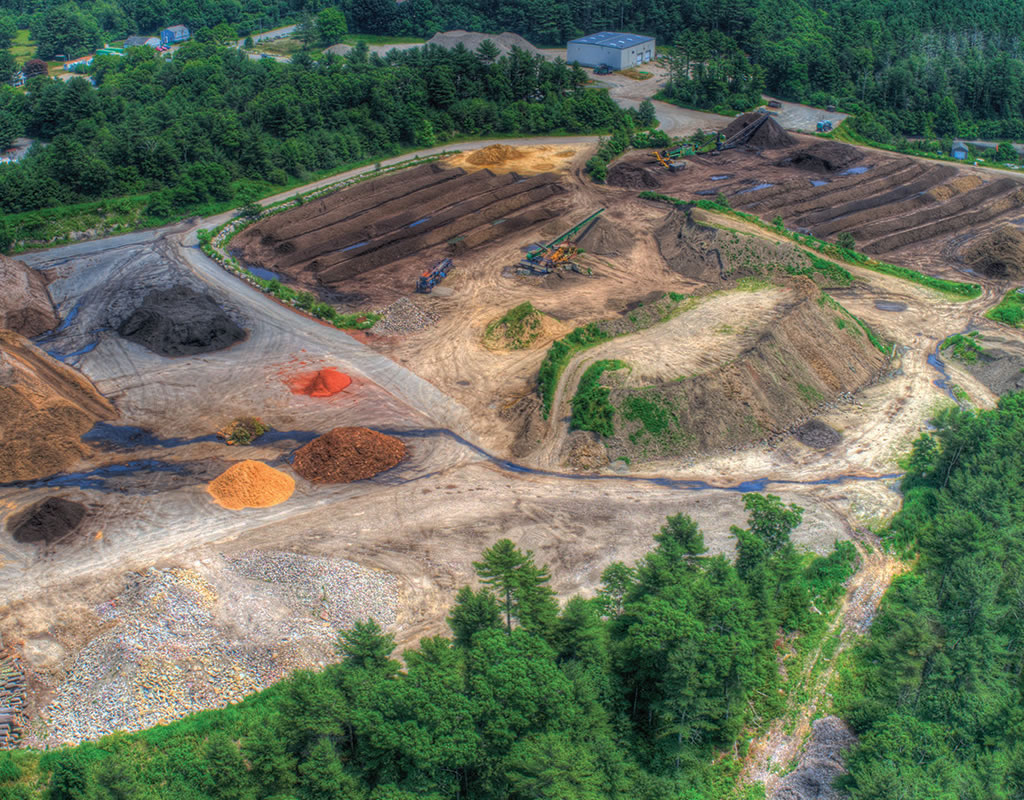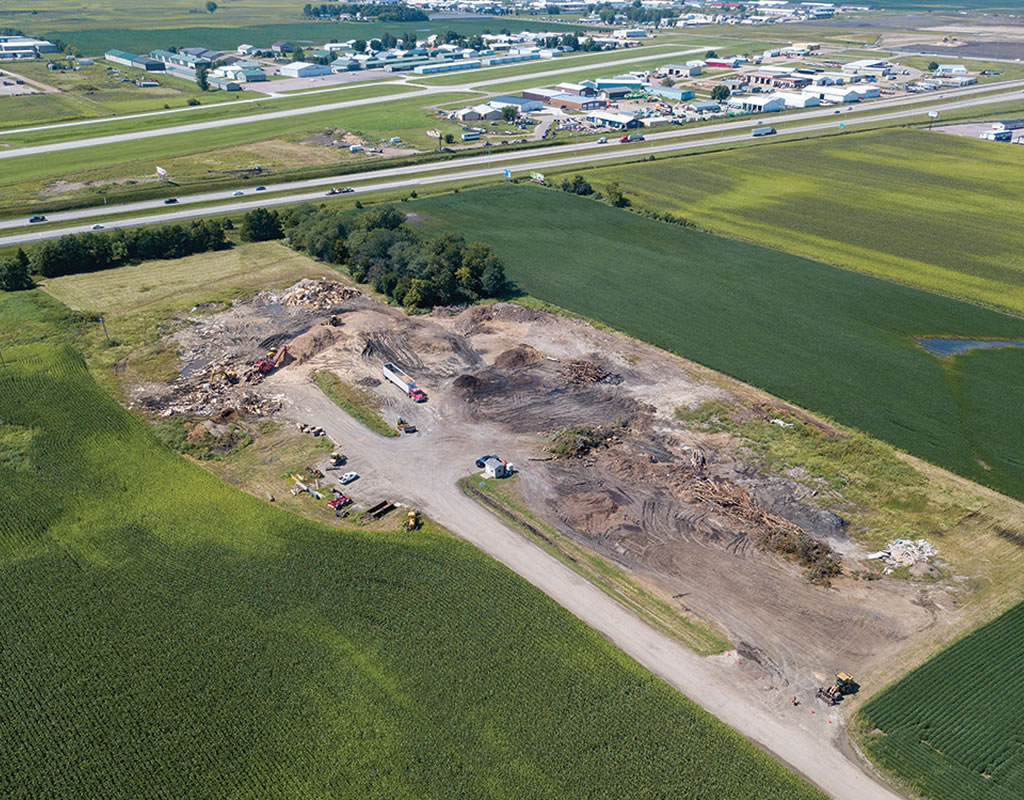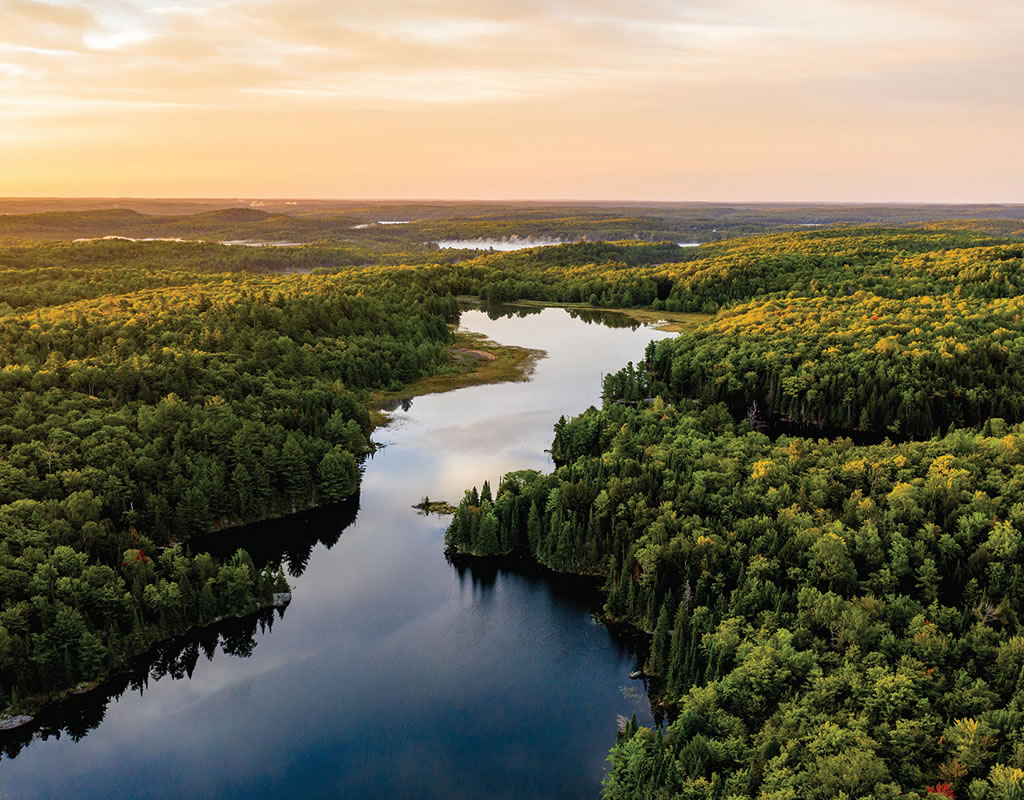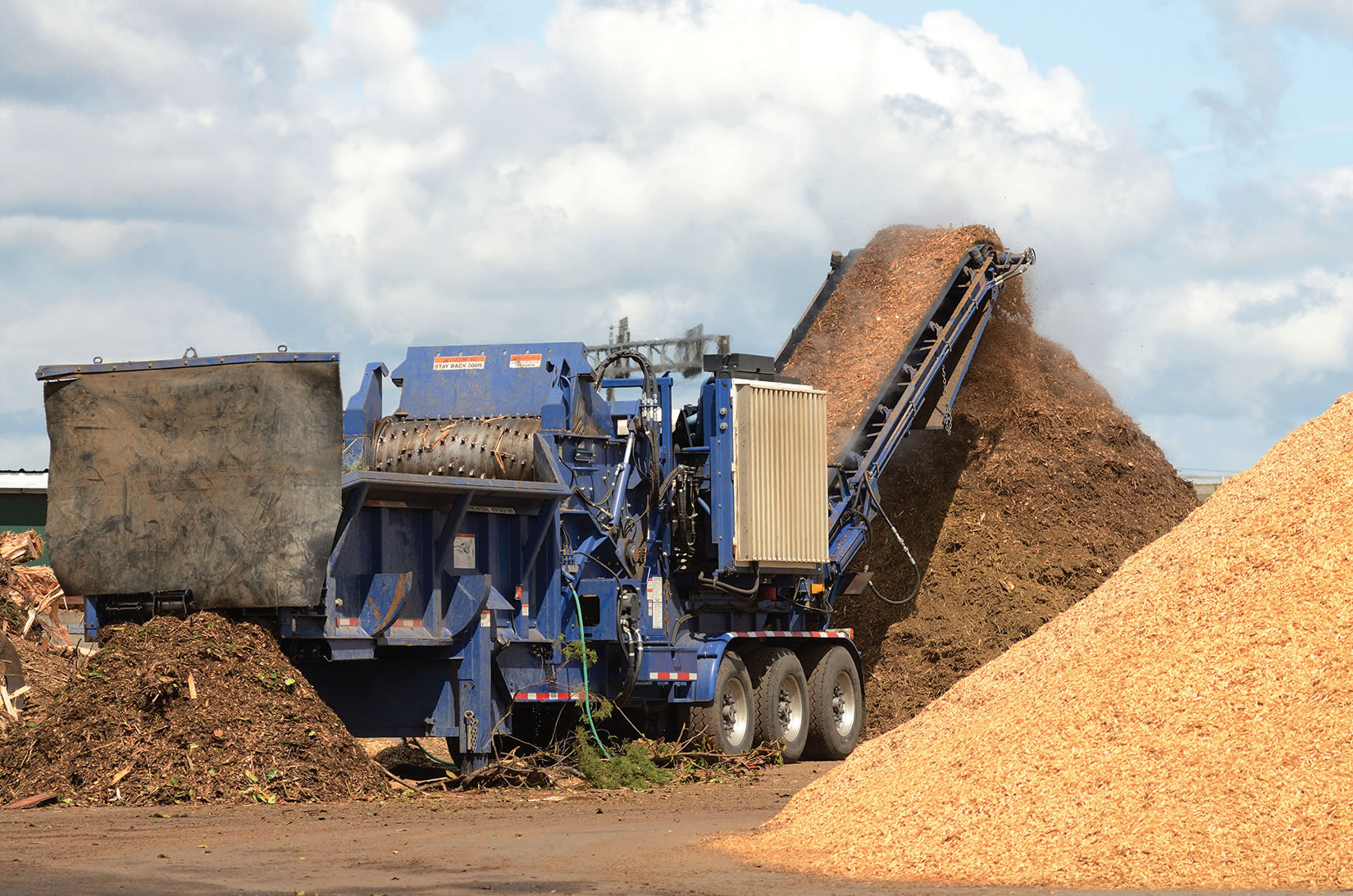By Kathleen Marquardt
California is in the middle of yet another record-breaking fire season with 820,000 acres across the state already burned — more than twice the area that burned by this point last year. NY Times
The Mendocino Complex Fire burned more than 290,600 acres (nearly 454 square miles) as of Tuesday morning. It is the largest wildfire in the recorded history of California, beating out the Carr Fire still raging in Shasta, which is now the sixth most destructive fire in state history.
Brock Keeling, SF Curbed
California is on fire this summer. What else is new? Yes, California burns in the summer. Why? Because it doesn’t rain in California in the summer, and much of the rural land is forested or covered by grasses that have turned into dried brush by late June. On top of these factors, due to the lengthy drought and infestation from bark beetles, California has more than 100 million dead trees that are a formula for the perfect firestorm. But, the long drought is only one of the factors behind the fact that four of the five largest wildfires in state history have occurred since 2012.
What are the other factors? Much of mainstream media (MSM) attributes global warming/climate change as the leading factor. How does global warming cause wildfires, other than maybe by exacerbating drought conditions? The Union of Concerned Scientists (UCS) says, “Wildfires in the western United States have been increasing in frequency and duration since the mid-1980s. Between 1986 and 2003, wildfires occurred nearly four times as often, burned more than six times the land area, and lasted almost five times as long when compared to the period between 1970 and 1986.” (Understand that UCS requires one only to pay a $25 contribution to become a ‘concerned scientist’.)
On the other hand, according to Jon Keeley, a fire ecologist investigating historical fire patterns and their relationship to climate and urban development at UCLA, “ . . . after peaking in 1980, there have been progressively fewer wildfires in California.”(ital. mine)
Which of the above you going to believe, the instant-scientists or the UCLA research ecologist?
In his book, Cracking Big Green, Ron Arnold informs us, “In the real world, forest fires have always been with us, but wildfires since 1950 have decreased globally by 15%, the National Academy of Sciences reports. Most of that is due to forestry practices such as thinning to prevent small fires from spreading, and vigorous firefighting programs, even though environmentalist lobbying has made both illegal in many places, causing trees to crowd ‘naturally’ into matchstick-like incendiary bombs that explode with the next lightning storm or errant campfire.”
A New York Times article notes, “The cost of suppressing fires has reached all-time highs, and the burden of that expense combined with the increased threat of wildfire is motivating changes in fire policy at multiple levels of government.” The interesting thing about this statement is that due to the 1988 Yellowstone fire, the policy that is now being promoted in California was the policy that was reverted to in Yellowstone after the ’88 disastrous fire. I say, ‘reverted to’ because in 1972 the Yellowstone Park Service embraced the ‘let it burn’ policy after 100 years of fighting fires in the park that had kept the park in a healthy condition. Sixteen years later, in 1988, they discovered the error of their ways and began, once again, to fight fires as they occurred and to do prescribed burns as much as possible throughout the park.
Between shutting down logging (thus stopping the thinning of trees, which builds up more fuel), and stopping people from clearing brush around their homes, we are seeing truly destructive fires and we will be seeing far worse ones -- even if the proper policies are put in place today. It will take a long time and many fires before the fires can be mitigated through proper forest management.
Chuck DeVore of Texas Public Policy states, “Some two decades ago, California produced so much wood waste from its timber operations, including brush and small trees from thinning efforts, that the resulting renewable biomass powered electric generating plants across the length of the state. But cheap, subsidized solar power, combined with air quality concerns (wood doesn’t burn as cleanly as a natural gas) and a lack of fuel due to cutbacks in logging, led to the closure of many biomass generators. What used to be burned safely in power generators is now burned in catastrophic fires. Including the growing capture and use of landfill methane as fuel, California’s biomass energy generation last year was 22% lower than it was 25 years before.
“The issue was summarized by the Western Governors’ Association in their 2006 Biomass Task Force Report which noted:
…over time the fire-prone forests that were not thinned, burn in uncharacteristically destructive wildfires, and the resulting loss of forest carbon is much greater than would occur if the forest had been thinned before fire moved through. …failing to thin leads to a greater greenhouse gas burden than the thinning created in the first place, and that doesn’t even account for the avoided fossil fuel greenhouse gas emissions due to the production of energy from the forest thinnings. In the long term, leaving forests overgrown and prone to unnaturally destructive wildfires means there will be significantly less biomass on the ground, and more greenhouse gases in the atmosphere.”
Forests are not only the habitat for millions of flora and fauna species, but they are renewable resources that, under proper forest management, will be eternally available. Decades ago, concerned about the depletion of our natural resources and the damage to our environment, was a wake-up call for us to ascertain that industry practices were not deleterious. In working to correct environmental degradation, governmental regulations went way overboard and, instead of rectifying the situation, they had the effect of stopping all human activity – the good along with the bad. Many of the new environmental laws do not protect nature at all as they were (supposedly) intended, but, instead, they harm people and industries.
The Sacramento Bee editorial board blamed the Carr Fire on a man-caused buildup of carbon dioxide in the atmosphere. In an editorial headlined, “The Carr Fire is a terrifying glimpse into California’s future,” they wrote, “This is climate change, for real and in real time. We were warned that the atmospheric buildup of man-made greenhouse gas would eventually be an existential threat.” Yet, scientists and history tell us that these fires are not from a buildup of man-made greenhouse gas, but from a buildup of government ordered “matchstick-like incendiary bombs”.
Again, Chuck Devore says it best, “California’s forest management professionals have warned of the mounting fire threat from the growing forest fuel load issue since the mid-1990s. But, politicians and policymaking bureaucrats, some of them in California with the rest ensconced 3,000 miles away in Washington, D.C., had other ideas: leave the forests alone to grow thick with underbrush and small trees while quickly trying to suppress any fires that do break out.
“The resulting intense fires were predictable as was the blame shifting by the policymakers at fault for pushing policies that kill people, burn homes and destroy hundreds of thousands of acres of valuable timber while releasing massive amounts of the very carbon dioxide they say they care about. In press conference, after tweet, after article, they claim that climate change caused the devastating fires, not their own policies that have virtually halted the active forest management practices needed to head off large wildfires.”
Will California’s legislators and policy officials be able to return fire suppression policy back to proven, workable fire-fighting regulations? Or will the persuasive powers of the politically correct/scientifically ignorant prevail? Only time will tell. But time is not on the side of California vis a vis forest fires.
For one thing, California Governor, Jerry Brown is telling reporters, “The more serious predictions of warming and fires to occur later in the century, 2040 or 2050, they’re now occurring in real time.
“Though the state has the resources now to combat the large wildfires, fighting them and keeping people safe will become harder. Things will get much tighter in the next five years as the business cycle turns negative and the fires continue.”
In another interview with the LA Times, Brown said that Global Warming was “the culprit in the fires. The wilderness fire was ‘a real wake-up call’ to reduce the carbon pollution ‘that is in many respects driving all of this.’"
"It's a new normal," he said in August. "California is burning."
“But scientists who study climate change and fire behavior say their work does not show a link between this year's wildfires and global warming, or support Brown's assertion that fires are now unpredictable and unprecedented. There is not enough evidence, they say.”
With Governor Brown putting his money down on Global Warming, you can expect public policy to follow suit. And that means more devastating fires will be burning in California over the next years. When public policy is based on emotions rather than science, the people and the ecology lose.
Perhaps now, as the deadfall builds up and more people are losing their homes and lives, legislators in California and across the country will decide that science, rather than feel-good sentimentality, is the better arbiter to deal with fires.
1) Arnold, Ron and Paul Driessen, Cracking Big Green, CFACT pub.
2) http://www.latimes.com/local/lanow/la-me-ln-california-fires-20180801-story.html
3) http://www.latimes.com/local/politics/la-me-pol-ca-brown-wildfires-20151019-story.html
Related News
Subscribe Today
Every other month, Soil & Mulch Producer
News brings you important stories about:
• New Technology
• Products
• Industry News
• Research Studies
Soil & Mulch Producer News features articles and services relevant to your daily operations.

